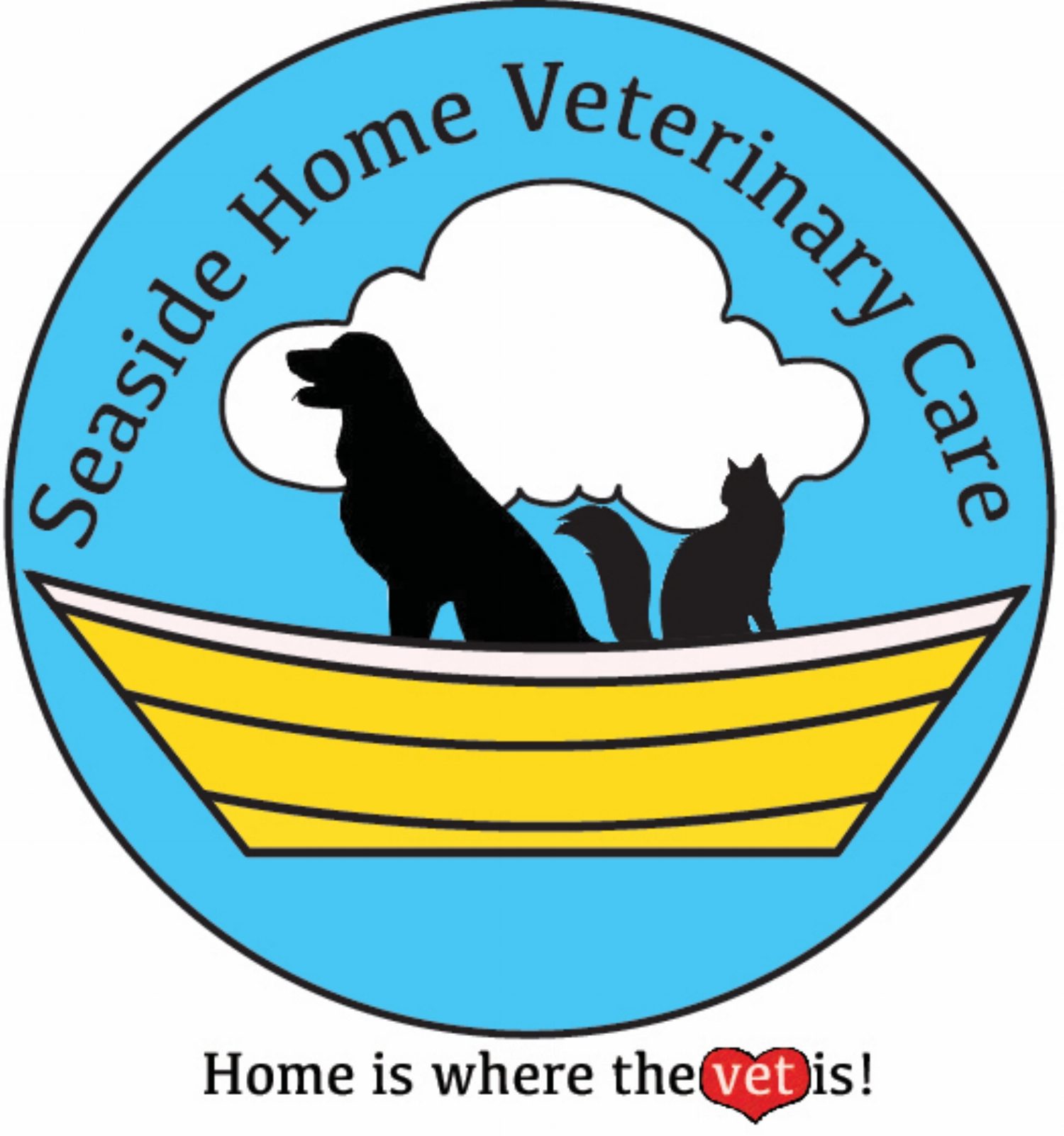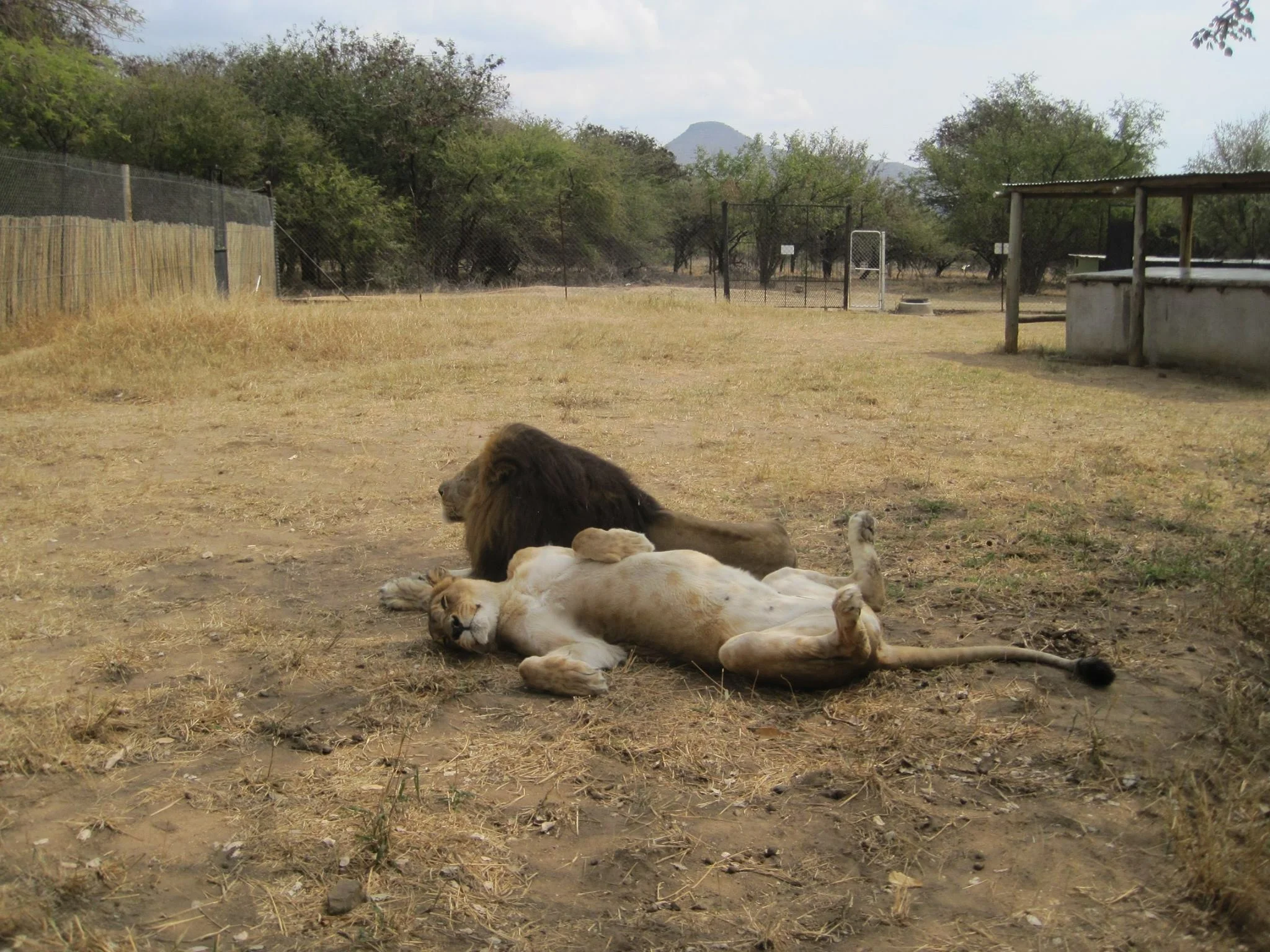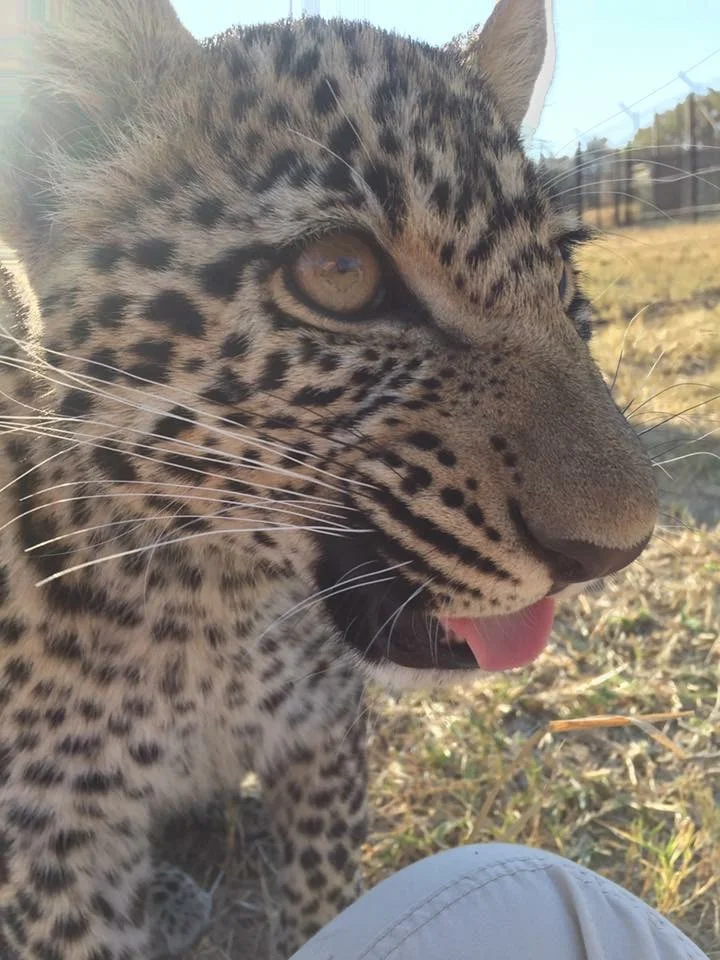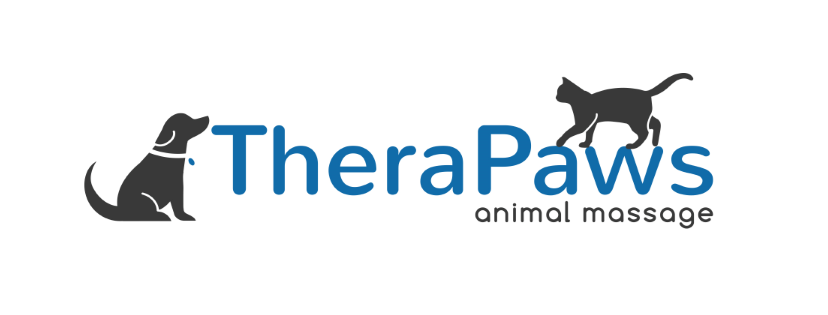Hey guys!
Megan here! I have been working for Katie now for over a year. You guys have been through it all with us! I was lucky enough to start in the business after most of the kinks had been worked out, and we have chartered new ventures since the beginning for sure. Grand Manan, a blog, Pet of the Week - the business has definitely grown into a beautiful thing! (I mean it’s not often people can say they LOVE going to work!)
In this blog I wanted to take a second to reach out and do some credit giving and credit taking, because once you stop trying to be humble, things can really come into perspective. This is something I’ve learned greatly in the past little while, and I want to share this lesson with you all!
First of all, thank all of you. Our clients treat us with respect, and understand the importance of health care for their pets. You are all so incredible, because you strive to understand the work each person in this business puts forward, and how we want to make sure you know that you and your pets all come first to us. Often, we are greeted with “no rush, whenever works best for you, I know you are busy,” and other things along the same lines. Thank you so much for appreciating the hours Dr.’s Katie and Will dedicate outside of working hours to your pets. The appreciation from you when we do something as simple as a follow up call, or share photos of your beautiful pets is what makes this business such a happy place to be. So truly, from the bottom of our hearts, thank you. Give yourselves all a hand for being so amazing!
Second, I want to just give a shout-out to Katie, and all she is doing. As most of you know, right now she is on maternity leave with their newest addition! What most of you might assume with Katie, is she is always here, behind the scenes, keeping up with what is going on. Not only is she an incredible veterinarian, but an outstanding business owner, boss, and mother! (And she’s doing it all at once!) Imagine having an infant, a two-and-a-half year old, AND a business to run! I know I couldn’t do it. Besides that she is always there for me when I am run down, and will step in to answer emails and Facebook messages when Will and I are on the run! Katie, give yourself a pat on the back (with all the free hands you have) for being a business owner, boss, and mom that everyone should look up to. THANK YOU!
Third, Dr. Will! He is doing an amazing job running this business while Katie is out. It is awe-inspiring. He still helps at Kannon Animal Hospital part time, and the rest of the week he is hardcore dedicated to making this business FLOAT! It’s amazing how fast he's caught on to the way Katie does things, and I don’t believe there would be anyone better to step in and fill Katie’s shoes for this business. Will and Katie both have incredible compassion, love, and drive to make sure this business baby succeeds. Although he is quiet, he always ensures that whoever is talking his ear off knows that he is listening (usually that is me). Will has brought a different perspective to the business, because although he and Katie share a similar compassion and drive, they each see things differently. He has employed new features of our software, and has definitely given organization a new face! So thank you, Will, for being the absolute best fill-in boss I could ever ask for!
I appreciate how Will and Katie both make sure that I am learning as much as possible. Who else has a boss as amazing as either one of these guys? I mean, I ask more questions than a 4 year old, but not once have either Will or Katie been tired of explaining countless things to me.
So lastly, I am going to give myself some credit. I have been letting things slip a bit lately and Katie has reminded me of my worth. If you are working for a small business, or any business, remember everything you do IS important! If it wasn’t, it wouldn’t be part of your job! Nobody is paying you for fun, keep that in mind when you’re wondering how important you might be to your business. I have a bad habit of underestimating my worth in this business. I have to remember, I am here for a reason and I wouldn’t be it if wasn’t necessary!
So thank you to everyone in this post, it’s been a whirlwind year and a few months. I wouldn’t trade any of it for the world.
Violet making an appearance!





































